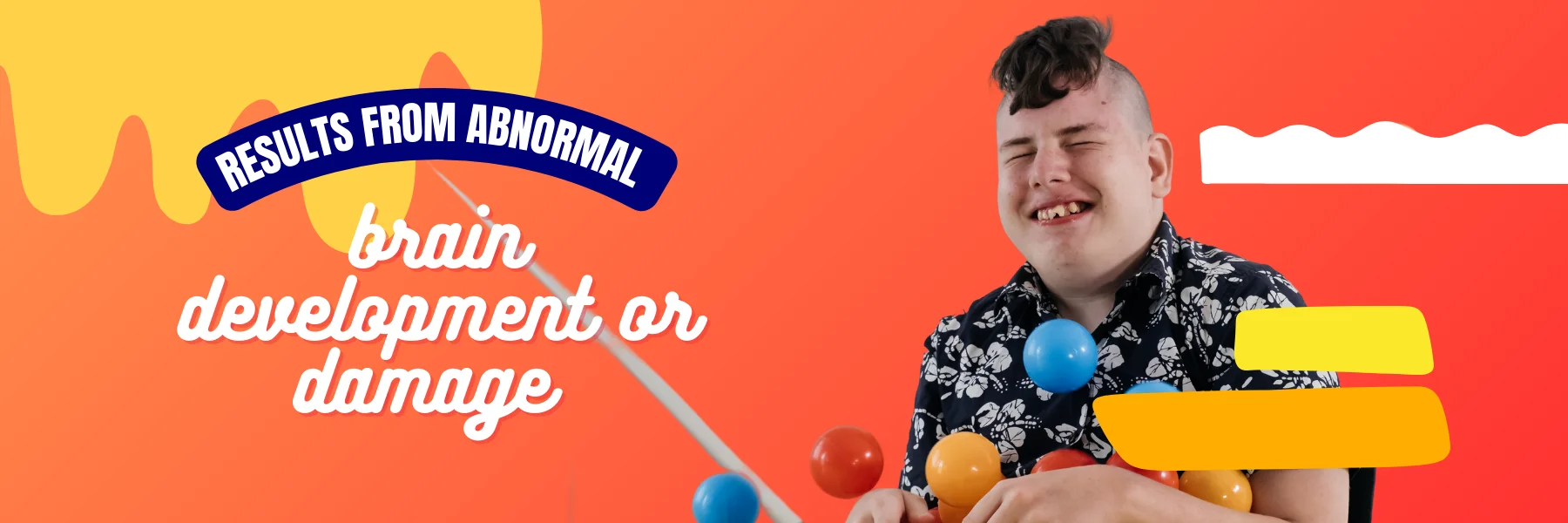Cerebral Palsy (CP) is a group of neurological disorders that affect movement, muscle tone, and motor skills. It results from damage to the brain during its development, often occurring before, during, or shortly after birth. Understanding CP is essential for promoting awareness and providing appropriate support for individuals and families affected by this condition.
Types of Cerebral Palsy
Cerebral palsy is not a single disorder but encompasses several types, each with unique characteristics:
- Spastic Cerebral Palsy:
- The most common type, characterised by stiff and tight muscles. This can lead to difficulties with movement and coordination. Individuals may exhibit a scissor-like gait, where the legs cross when walking.
- Dyskinetic Cerebral Palsy:
- This type involves involuntary movements, which can be slow and writhing (athetoid) or abrupt and jerky (choreoathetotic). Individuals may have difficulty controlling their body posture and movements.
- Ataxic Cerebral Palsy:
- Characterised by poor coordination and balance, individuals with ataxic CP may have difficulty with precise movements and may appear unsteady when walking.
- Mixed Cerebral Palsy:
- Some individuals may exhibit symptoms of more than one type of CP, often presenting a combination of spasticity, involuntary movements, and coordination issues.

Causes and Risk Factors
Cerebral palsy results from abnormal brain development or damage to the developing brain. Several factors can increase the risk of CP, including:
- Prenatal Factors: Infections during pregnancy, exposure to toxins, or complications such as low birth weight and prematurity.
- Perinatal Factors: Issues during labour and delivery, such as lack of oxygen (hypoxia) or traumatic birth experiences.
- Postnatal Factors: Infections, head injuries, or lack of oxygen shortly after birth.
Signs and Symptoms
The signs of cerebral palsy can vary widely from person to person, but common symptoms may include:
- Delayed milestones, such as sitting up, crawling, or walking.
- Abnormal muscle tone, including stiffness (spasticity) or floppiness (hypotonia).
- Difficulty with fine motor skills, such as grasping objects.
- Challenges with coordination and balance.
- Speech and communication difficulties.
Diagnosis
Diagnosing cerebral palsy typically involves a comprehensive assessment that includes:
- Medical History: Reviewing the child’s developmental milestones and any complications during pregnancy or birth.
- Physical Examination: Evaluating motor skills, muscle tone, and reflexes.
- Imaging Studies: MRI or CT scans may be used to visualise brain structure and identify any abnormalities.

Treatment and Support
While there is no cure for cerebral palsy, a variety of treatments and interventions can help manage symptoms and improve quality of life. Common approaches include:
- Physiotherapy: To improve movement, balance, and coordination. Therapists may use exercises, stretches, and adaptive equipment.
- Occupational Therapy: To assist with daily living skills and fine motor tasks. This can include strategies to enhance independence in self-care.
- Speech Therapy: To address communication challenges and improve speech and language skills.
- Medications: To manage muscle stiffness, pain, or other associated conditions.
- Assistive Devices: Wheelchairs, walkers, and other adaptive tools can enhance mobility and independence.
Conclusion
Cerebral palsy is a lifelong condition that presents unique challenges and opportunities for individuals and their families. Early diagnosis and a multidisciplinary approach to treatment can significantly improve outcomes and quality of life. By fostering awareness and understanding of CP, we can create a more inclusive environment that supports individuals with this condition.
If you have questions or need resources regarding cerebral palsy, don’t hesitate to reach out to healthcare professionals or support organisations. Together, we can empower individuals with cerebral palsy to lead fulfilling lives.
Published on October 4, 2024
